[vc_row][vc_column][vc_message message_box_color=”mulled_wine” icon_fontawesome=”fa fa-quote-left”]“I never wanted to write topical songs, have you heard my last two records, Bringing It All Back Home and Highway 61? It’s all there. That’s the real Dylan.”
~Bob Dylan (Frances Taylor Interview, Aug 1965)
[Highway 61] Oh yes, it goes from where I used to live… I used to live related to that highway. It ran right through my home town in Minnesota. I traveled it for a long period of time
actually. It goes down the middle of the country, sort of southwest…. lot of famous people came off that highway.
~Bob Dylan (John Cohen And Happy Traum Interview, June/July 1968)
Dylan’s sixth album and his first fully fledged eagle-flight into rock. Revolutionary and stunning, not just for its energy, freshness and panache but in its vision: fusing radical electric music—electric music as the embodiment of our whole out-of-control, nervouenergy-fuelled, chaotic civilization—with lyrics that were light-years ahead of anyone else’s, Dylan here unites the force of blues-based rock’n’roll with the power of poetry.
~Michael Gray (Bob Dylan Encyclopedia)[/vc_message][/vc_column][/vc_row]
Like a Rolling Stone:
How does it feel
How does it feel
To be without a home
Like a complete unknown
Like a rolling stone?
Continue reading “August 30: Bob Dylan released Highway 61 Revisited 55 years ago in 1965”
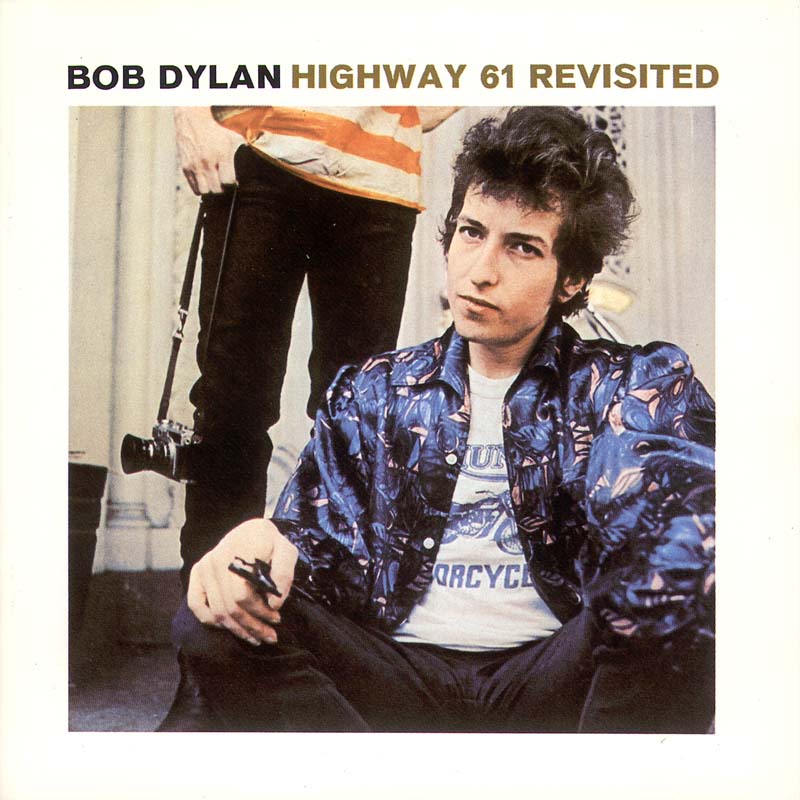
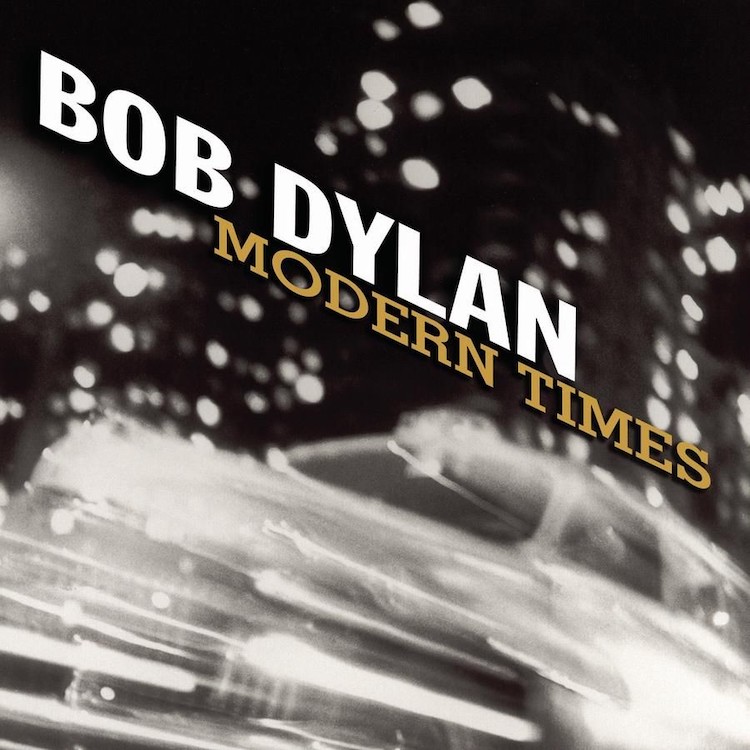
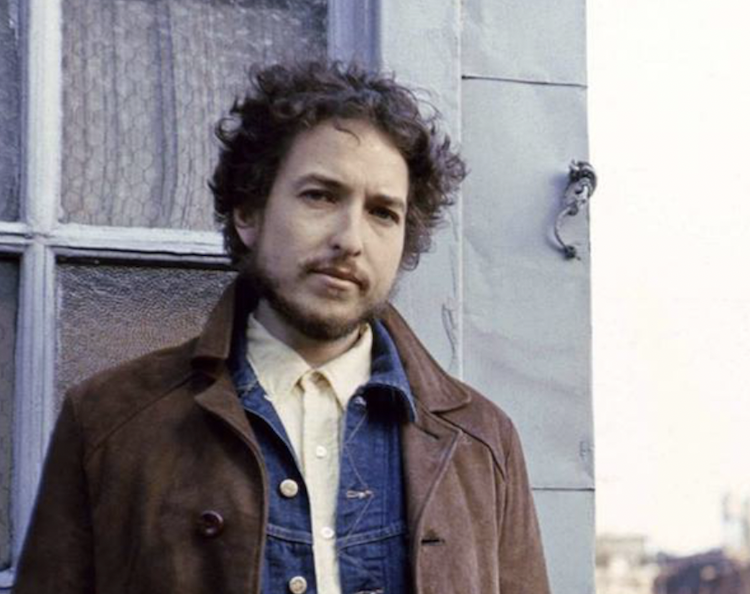

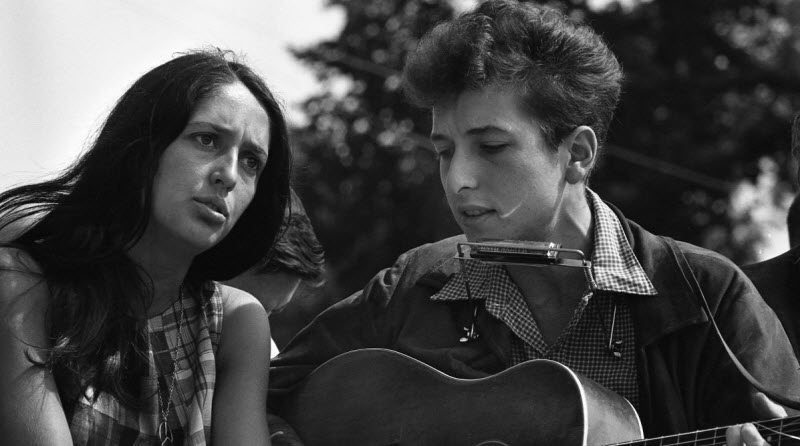
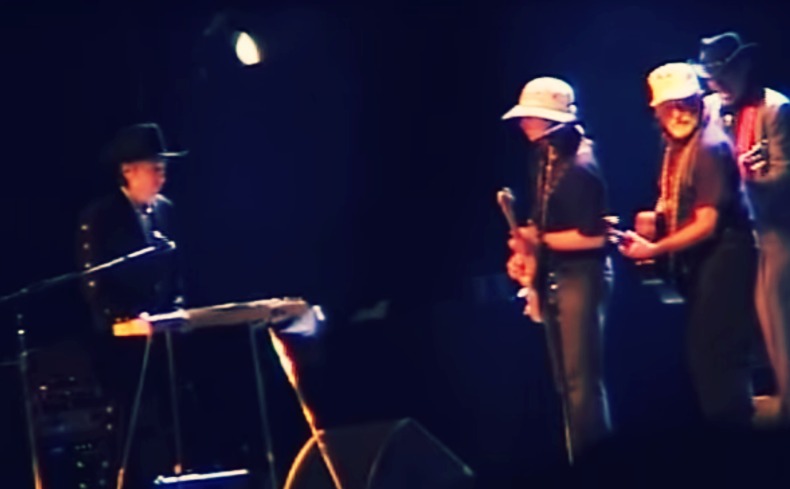
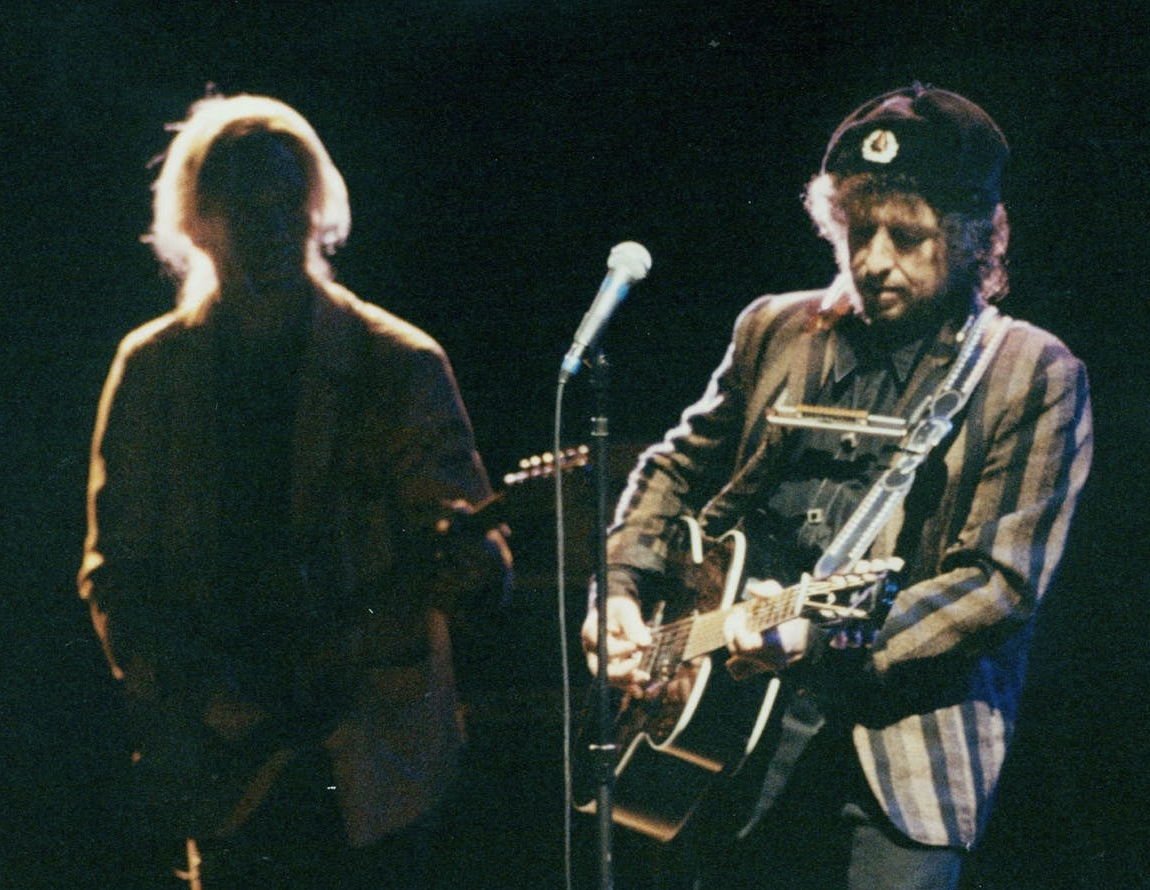 [vc_row][vc_column][vc_message message_box_color=”mulled_wine” icon_fontawesome=”fa fa-quote-left”]Then, after the semi-acoustic set, Dylan dedicates a heartfelt version of “Moon River” to Stevie Ray Vaughan, following it with a rather magnificent cover of a Robert Hunter
[vc_row][vc_column][vc_message message_box_color=”mulled_wine” icon_fontawesome=”fa fa-quote-left”]Then, after the semi-acoustic set, Dylan dedicates a heartfelt version of “Moon River” to Stevie Ray Vaughan, following it with a rather magnificent cover of a Robert Hunter